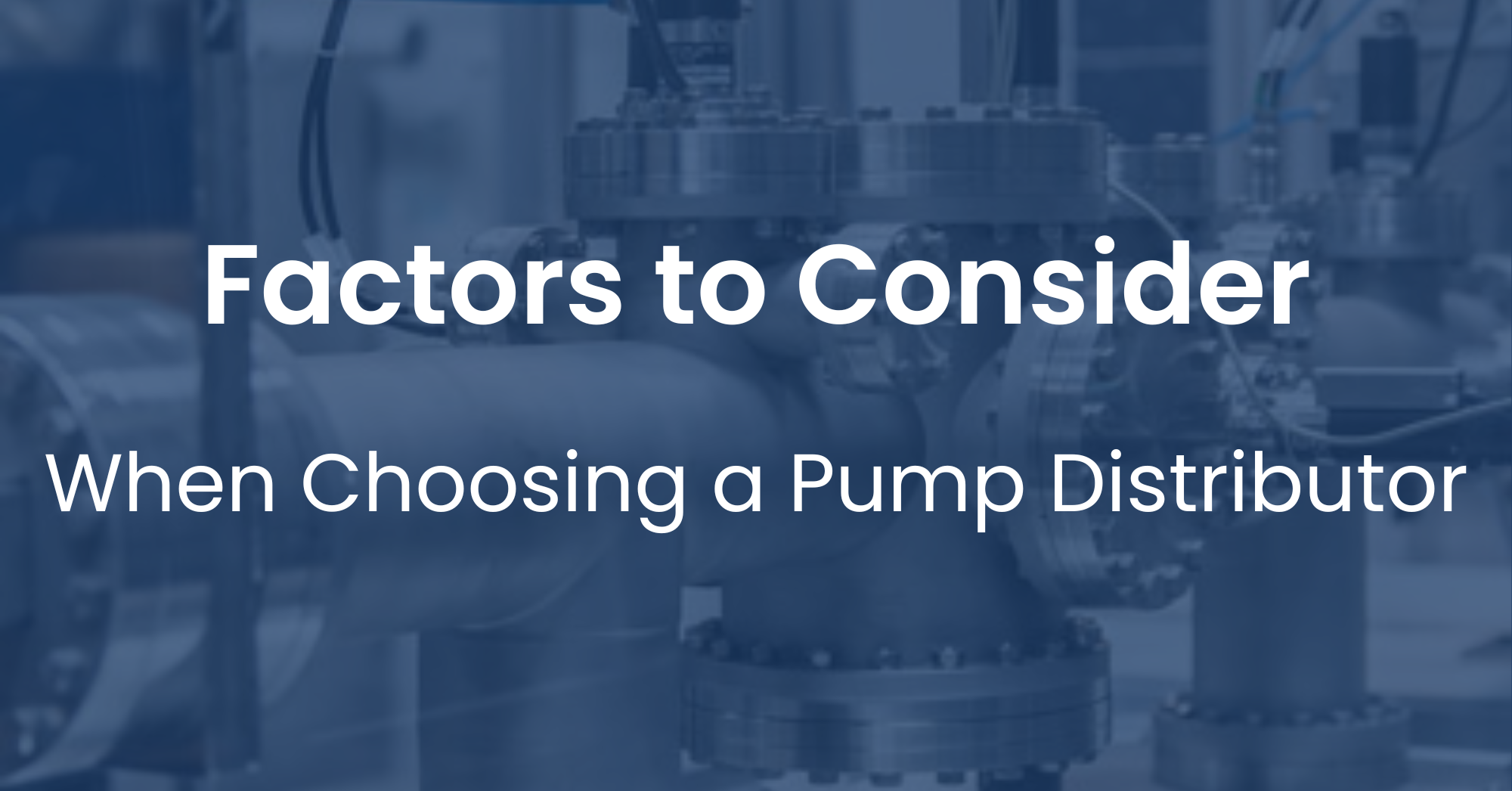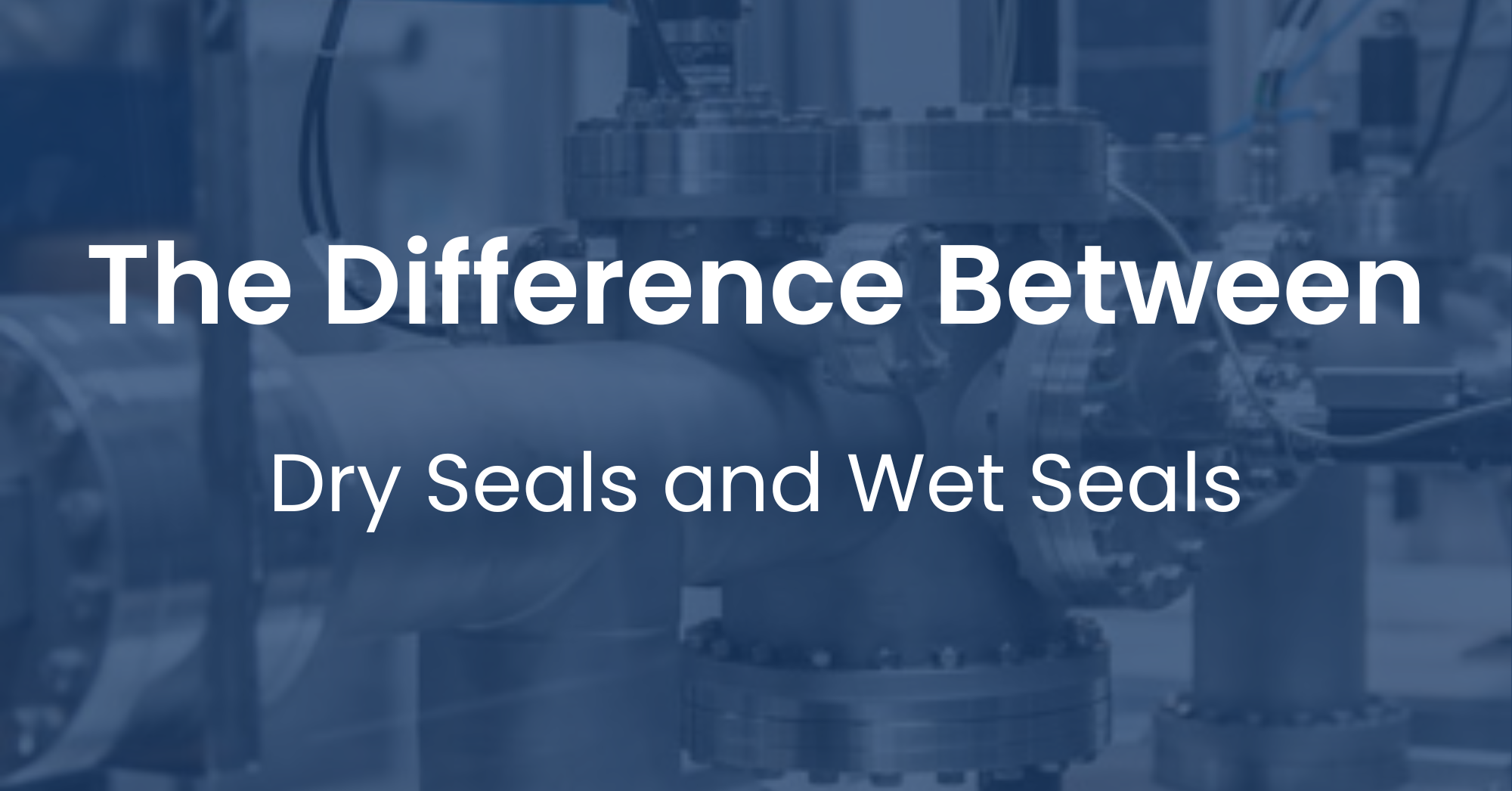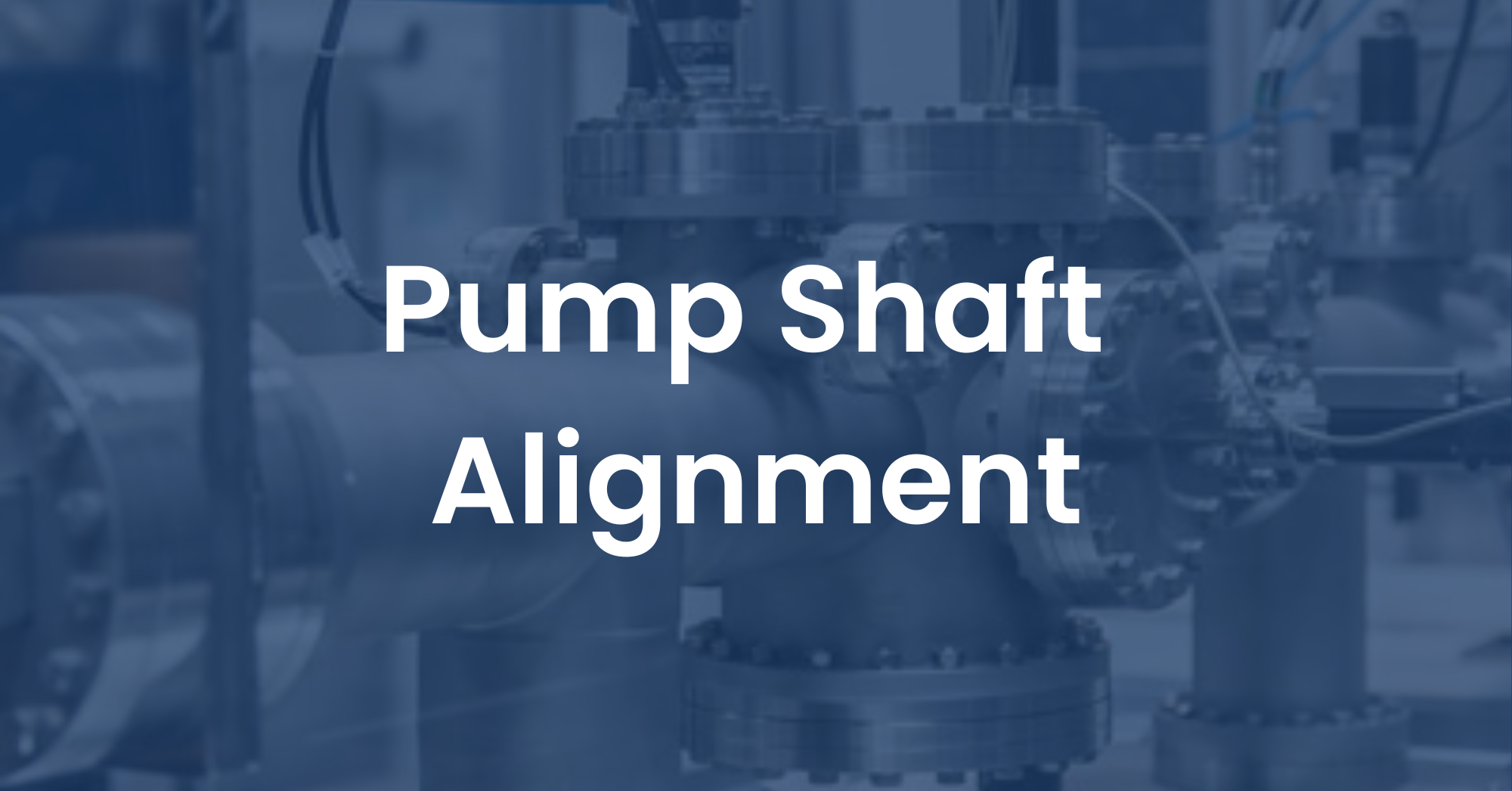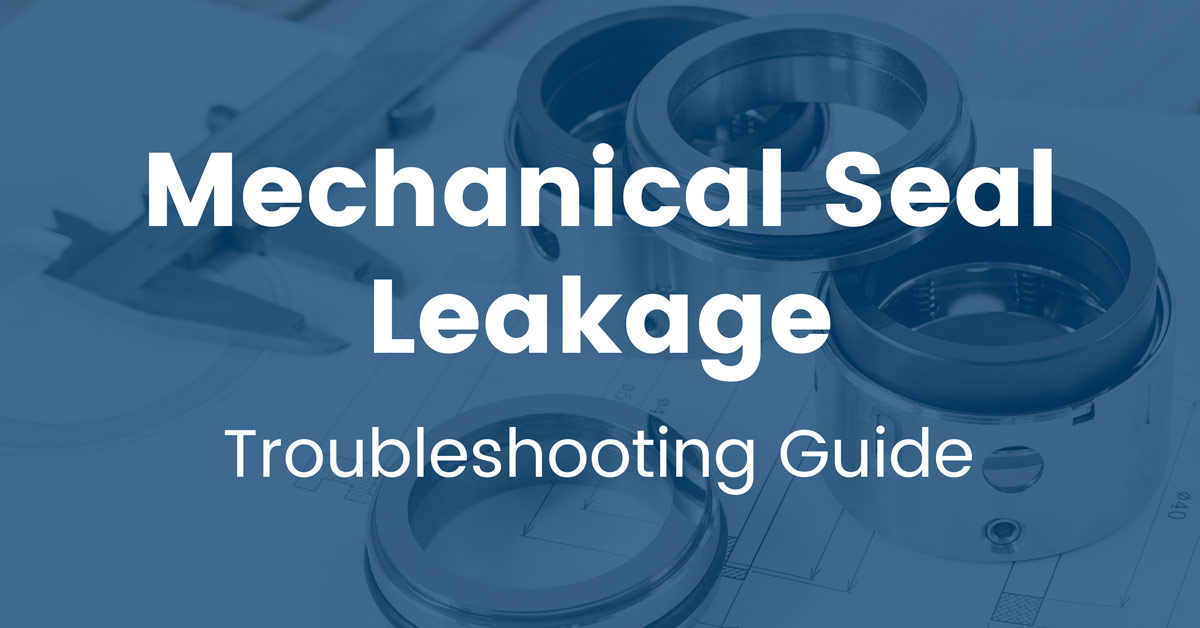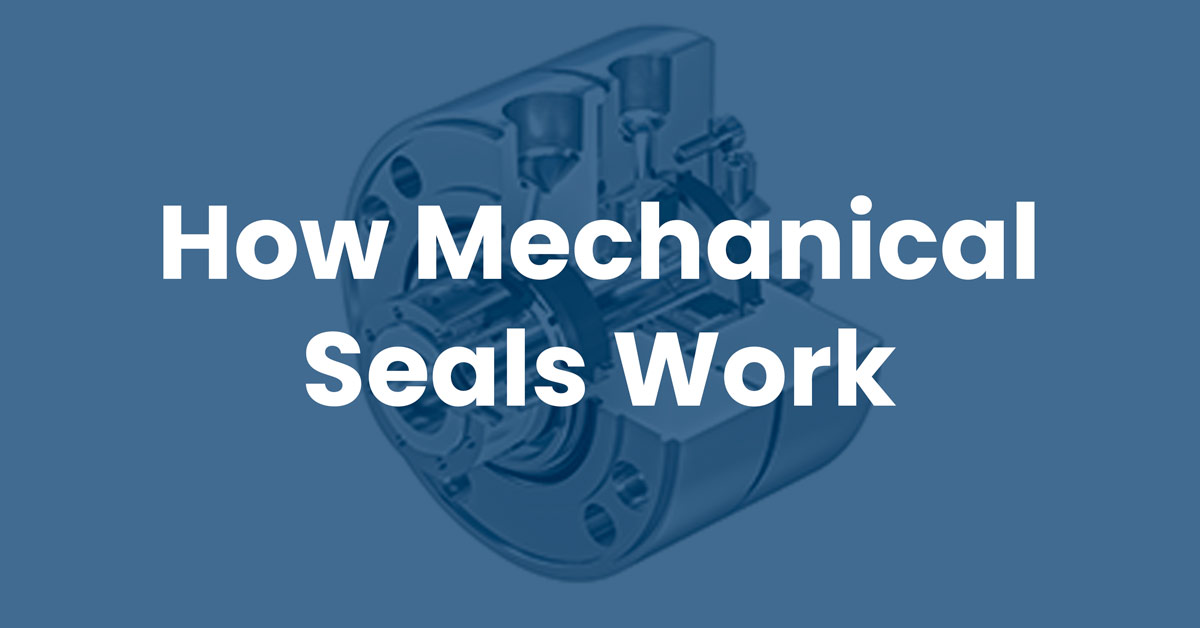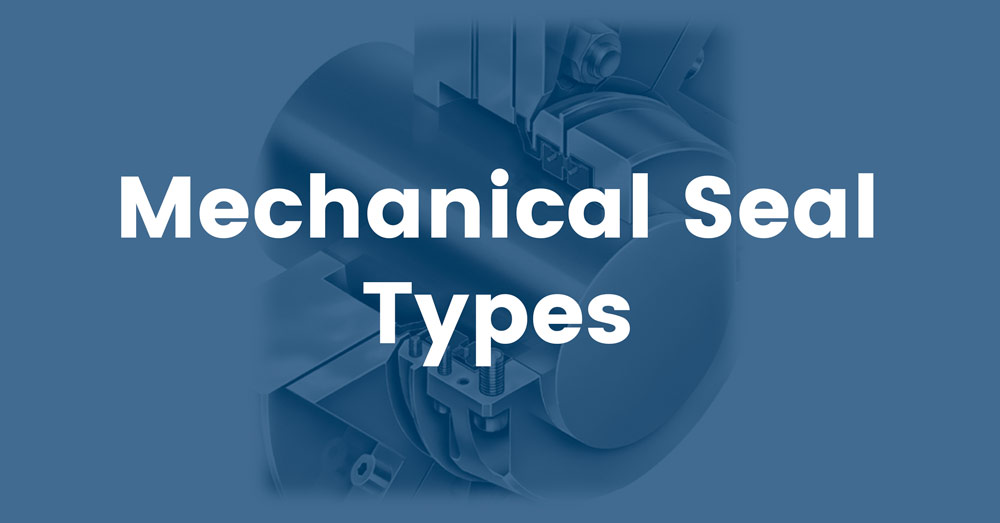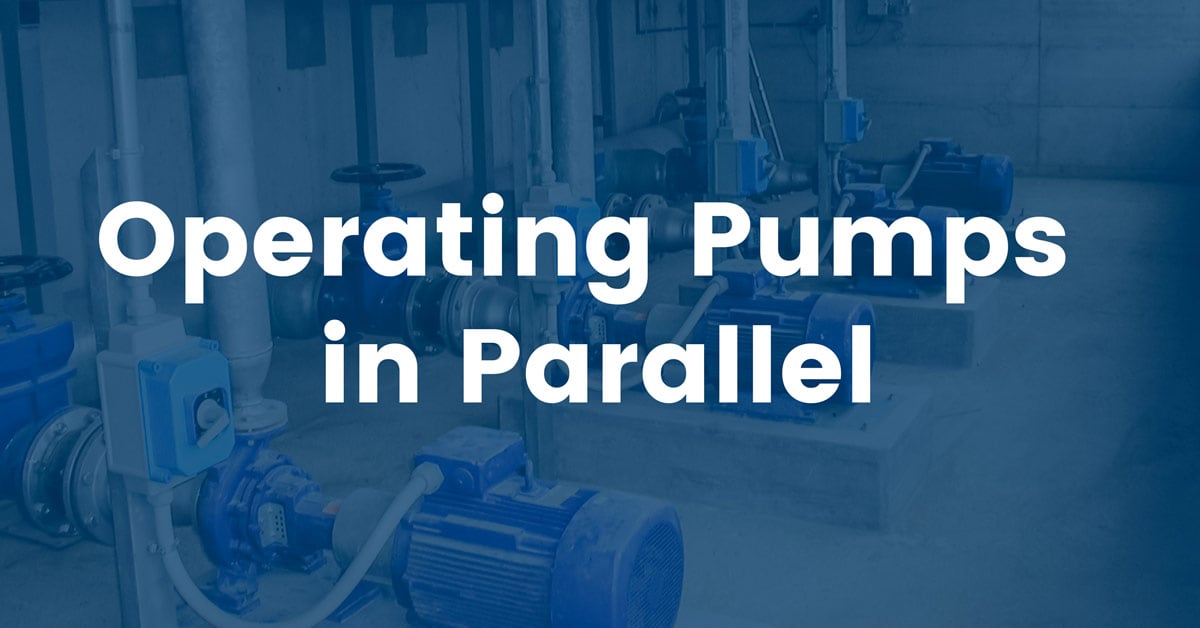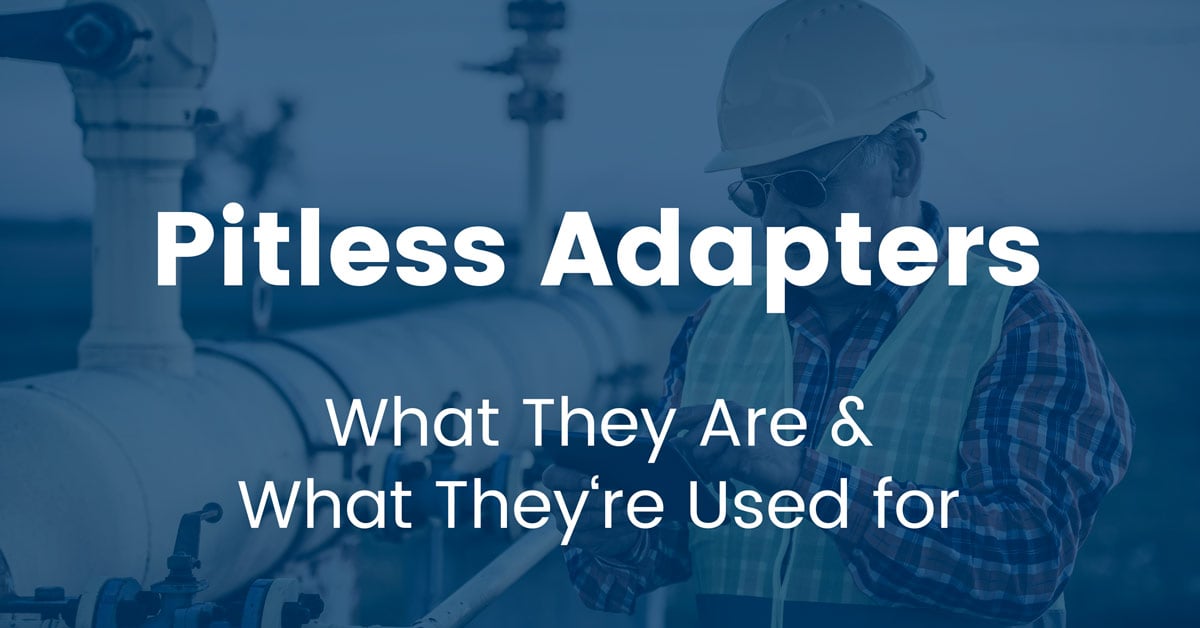What are the Different Types of Pump Strainers?
Strainers for pump systems primarily function as filters for the liquids or gases going through the system’s piping. While a seemingly simple assignment, many pump applications depend on properly working strainers. For pumps used in any pipeline operation, sediment that may include sand, dirt, or other detritus can build up within the pipes or elsewhere in the system. Whatever the pumping application, strainers for pumps ensure the whole system runs smoothly.




.png)
